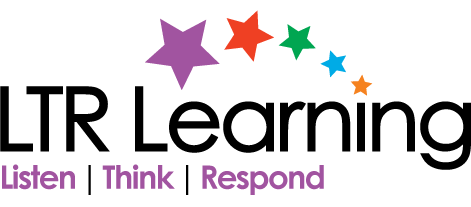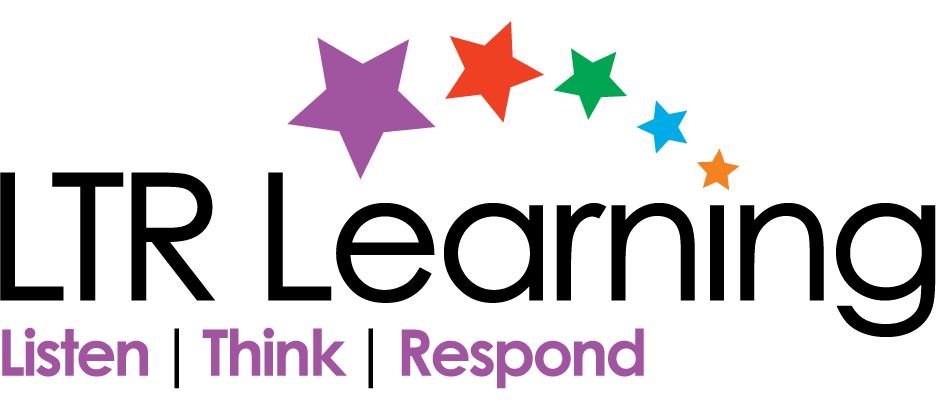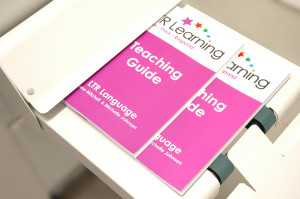An LTR teacher …
- believes in the enormous capacity of the students to think and learn
- knows the required curriculum content and the sequential steps for successful learning of the content
- knows the concepts behind the content and teaches explicitly, sequentially, step by step
- models all concepts in context – oral language, phonological awareness, phonics, spelling, grammar, punctuation, reading and writing
- provides interesting, varied and cyclical activities (constantly revisits what is already known and builds on to that understanding) to enable students to practise often and master the concepts in a practical context
- sets up the mode by which the students are accountable for their own learning, can celebrate the successes and face mistakes without fear, together
- sets up activities for peer assessment, feedback and active student engagement in learning
- evaluates and monitors own effectiveness and student understanding
- uses regular formative and summative assessment to monitor student progress and gain information to drive early intervention strategies and/or inform the next stage in the teaching cycle as well as a framework for reporting to carers
- regularly discusses classroom practice and shares ideas with colleagues – is a life-long learner
The teacher is the key to student success.
The LTR Language & Literacy Program provides the tools and the training for teachers to do all of the above. It matches the Australian Curriculum for Primary School English from Foundation to Year 2-3. It provides the sequential and cyclical steps for success. It provides interesting activities, games and discussion points to help students to grasp the concepts. It provides the context for the concepts. It sets up collaborative learning and reporting to train students in personal accountability. It provides ideas for teachers in using embedded formative assessment to inform themselves about student progress and their own future planning for the teaching of concepts.
For more information about LTR Learning (Listen, Think, Respond) and the products that help teachers to meet the Australian Primary School English Curriculum requirements for Foundation/Reception to Year 2-3 students, click on the links.


